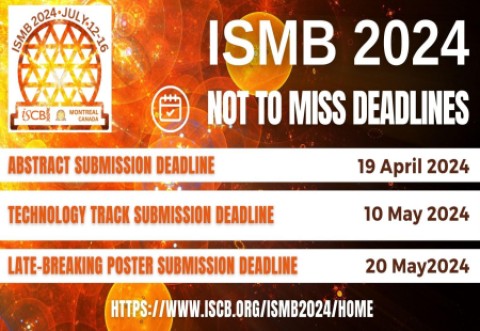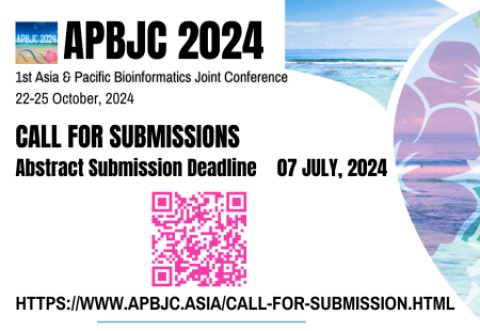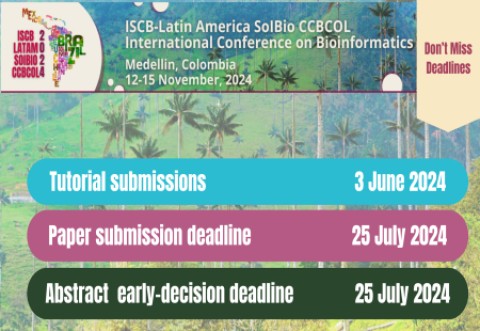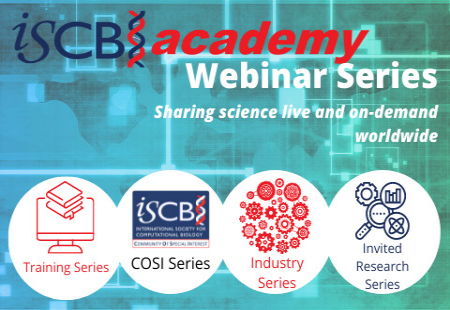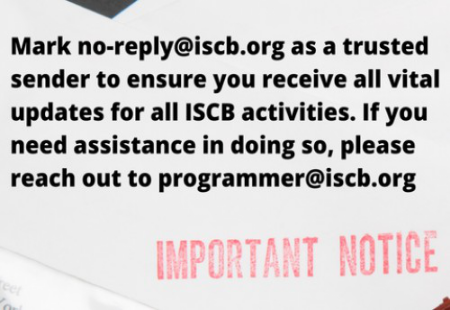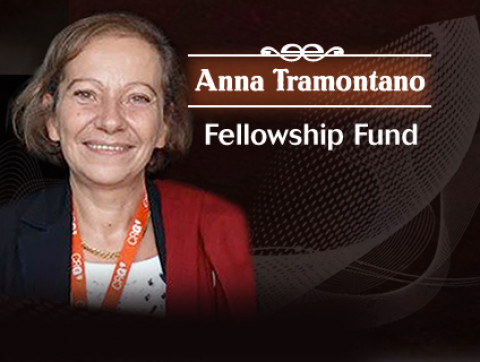
FASEB News - February 28, 2011
Contact: Cody Mooneyhan
This email address is being protected from spambots. You need JavaScript enabled to view it.
301-634-7104
Federation of American Societies for Experimental Biology
Human stem cells from fat tissue fuse with rat heart cells and beat
New research in the FASEB Journal suggests that intraspecies communication exists on a cellular level, as demonstrated by rats communicating with human stem cells in the same genetic language
If Dr. Doolittle is famous for talking to animals, then here's a story that might make him hold his tongue: According to new research published online in The FASEB Journal (www.fasebj.org), scientists have successfully fused human stem cells derived from subcutaneous adipose (fat) tissue with muscle cells from rat hearts. Not only did these cells "talk" to form new muscle cells altogether, but they actually beat.
"Recovery of regenerative cells located in the stromal vascular fraction of a patient's own subcutaneous tissue is relatively simple and can be used for self-healing," said Christopher Alt, Ph.D., a researcher involved in the work from the Department of Molecular Pathology at the University of Texas in Houston. "A patient's quality of life can be improved by application of those recovered regenerative cells to the heart, as well as to bone, tendons, non-healing wounds and joints."
Using newborn rats, scientists studied the combination of rat heart muscle cells (cardiomyocytes) and human adipose (fat) stem cells derived from human subcutaneous adipose tissue. They found that the two fused and formed new heart muscle cells with several nuclei. When kept in a culture environment, these cells beat. These new cells exhibited an ability to compensate for a loss of cardiomyocytes as following a myocardial infarction, via fusion with cardiomyocytes. Furthermore, this study shows that contrary to previous findings suggesting that genetic modification of certain embryonic genes in adult stem cells is required as a prerequisite for turning into heart cells, the human stem cells used in this study were not genetically modified.
"Much work is still ahead before this method can be applied to humans, but the hope is that this technique might eventually make heart transplants unnecessary," said Gerald Weissmann, M.D., Editor-in-Chief of The FASEB Journal. "This study not only shows the power of stem cell fusion technology, but also that cardiac regeneration is on the horizon."
###
Receive monthly highlights from The FASEB Journal by e-mail. Sign up at www.faseb.org/fjupdate.aspx. The FASEB Journal (www.fasebj.org) is published by the Federation of the American Societies for Experimental Biology (FASEB) and celebrates its 25th anniversary in 2011. Over the past quarter century, the journal has been recognized by the Special Libraries Association as one of the top 100 most influential biomedical journals of the past century and is the most cited biology journal worldwide according to the Institute for Scientific Information.
FASEB comprises 23 societies with more than 100,000 members, making it the largest coalition of biomedical research associations in the United States. FASEB enhances the ability of scientists and engineers to improve—through their research—the health, well-being and productivity of all people. FASEB's mission is to advance health and welfare by promoting progress and education in biological and biomedical sciences through service to our member societies and collaborative advocacy.
Details: Roxana Metzele, Christopher Alt, Xiaowen Bai, Yasheng Yan, Zhi Zhang, Zhizhong Pan, Michael Coleman, Jody Vykoukal, Yao-Hua Song, and Eckhard Alt
Human adipose tissue-derived stem cells exhibit proliferation potential and spontaneous rhythmic contraction after fusion with neonatal rat cardiomyocytes
FASEB J March 2011 25:830-839; doi:10.1096/fj.09-153221 ; http://www.fasebj.org/content/25/3/830.abstract

